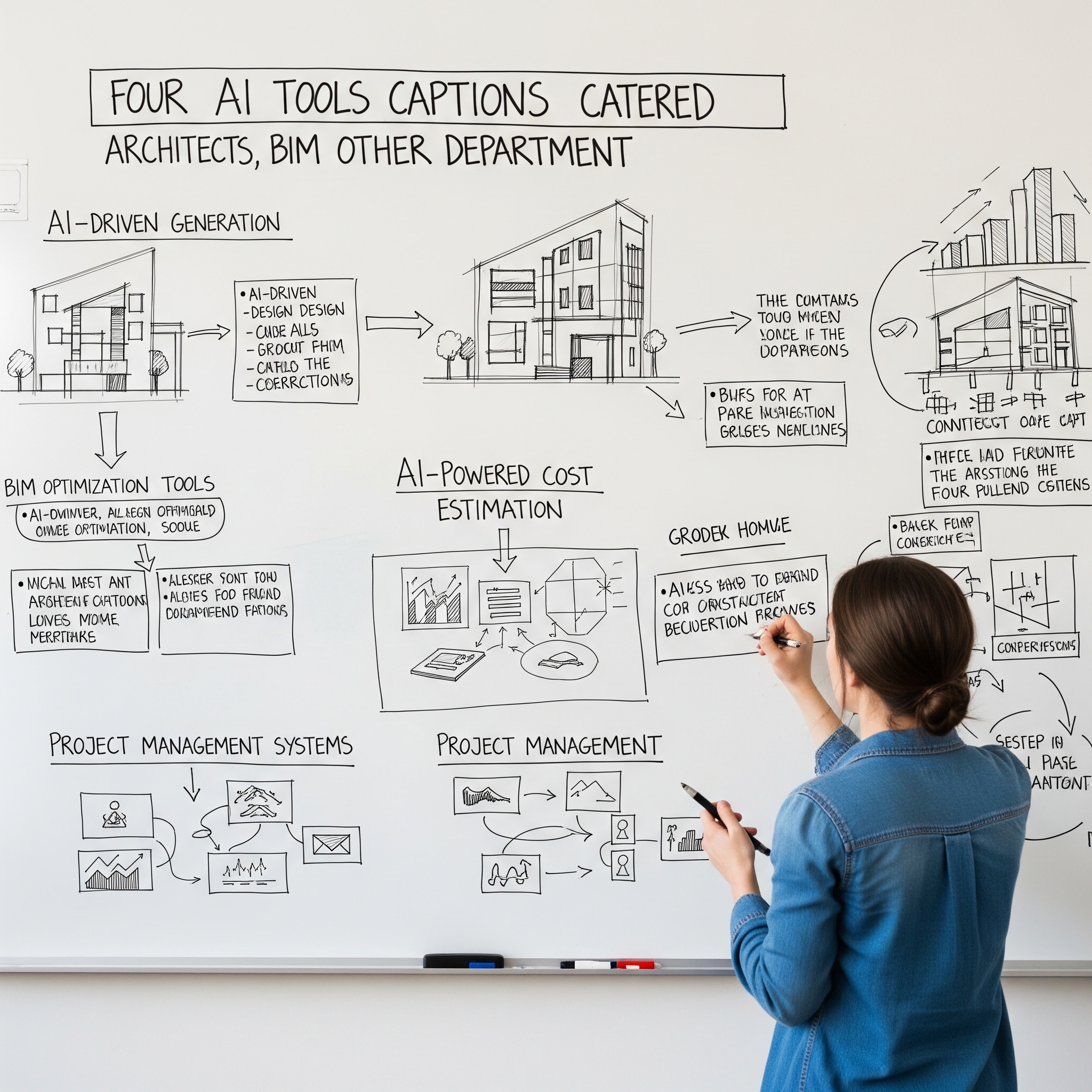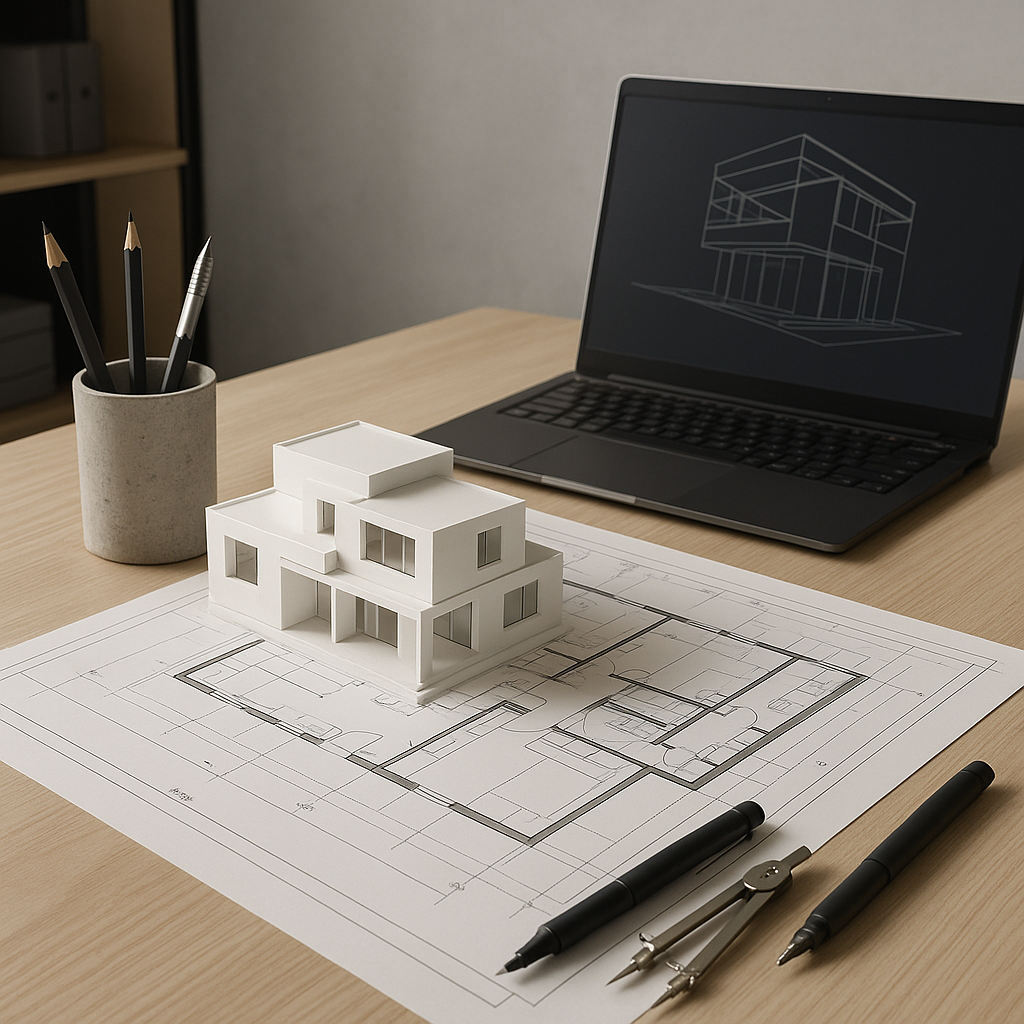Tariffs and Architecture: Rising Costs, Smarter Responses
The latest wave of U.S. tariffs is more than a policy headline—it’s a real, growing challenge for architecture firms. With new taxes on steel, aluminum, electrical components, and sustainable tech like solar panels, building costs are climbing fast. Even if architecture firms aren’t buying the materials themselves, they’re seeing the ripple effects in every conversation with clients.
Projects that were feasible a month ago are suddenly being scaled back. Clients are asking, “Can we do this for less?” and architects are left searching for new ways to deliver quality, creativity, and impact—without blowing the budget.
This pressure is real. But so is the opportunity to adapt.
What Tariffs Mean for Architects Today
When construction costs go up, architecture teams are the first to feel the squeeze:
- Design feasibility changes overnight. What was once affordable may no longer be.
- Client budgets tighten, and so do expectations.
- Revisions become routine, as firms are asked to redesign to meet new cost constraints.
In a world of unpredictable material pricing, architecture firms need smarter and efficient ways to protect their work—and their margins.
Practical Ways AI Helps Navigate Cost Pressure
Here’s where we’re seeing architecture firms gain the most traction with AI tools:
- Automated Documentation: Save time and reduce manual effort across permit sets, zoning plans, and construction docs.
- Design Adjustments: Explore alternative layouts or specs that meet performance goals with fewer materials.
- Faster Revisions: When clients ask for changes to stay within budget, AI can help implement updates quickly.
- Green Design Support: As sustainable materials get more expensive, AI helps identify lower-cost alternatives that still meet performance and compliance requirements.
How SWAPP Supports Firms Facing Cost Pressure
At SWAPP, we’ve seen how architecture firms are using AI to cut costs in one of the most resource-heavy parts of their process: modeling and documentation. By automating these stages, firms reduce the hours spent on repetitive tasks, minimize errors that lead to rework, and avoid the escalating labor costs tied to manual production.
Whether it’s generating early-stage design models or complete CD sets, SWAPP’s AI-driven solution helps firms deliver high-quality documentation faster, with greater accuracy, and less strain on internal teams. This means more flexibility to take on additional projects, meet tighter deadlines, or simply do more with the same resources—all without compromising design intent.
The Strategic Advantage: Efficiency
In times like these, efficiency isn’t just a nice-to-have—it’s a strategy.
Firms that can move fast, stay accurate, and deliver under pressure will be the ones that lead. The architecture firms using AI to streamline operations, reduce documentation overhead, and stay flexible in the face of rising costs are better equipped to keep their projects—and their teams—moving forward.
Looking Ahead
No one can control tariffs. But firms can control how they respond.
Now is the time to take a closer look at your workflows. Ask: where are we spending too much time? Where are we doing the same tasks over and over? And what would it mean if that time turned into real ROI?








